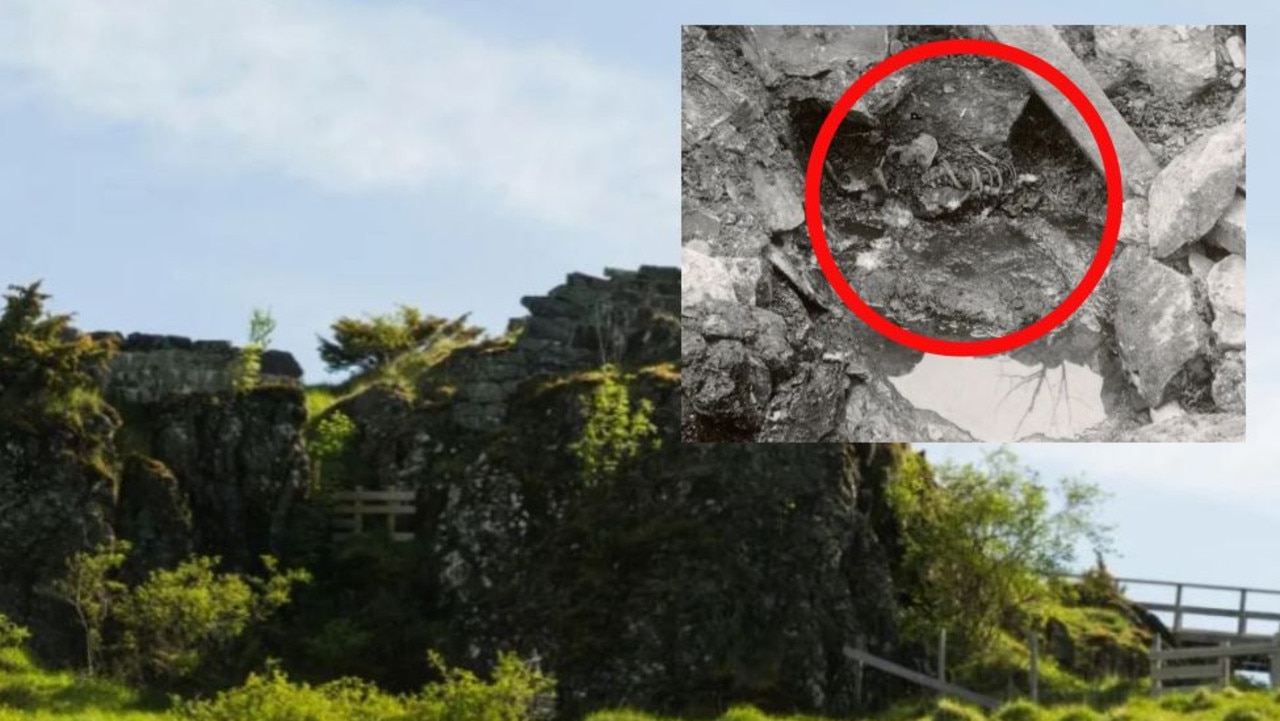Inside abandoned paradise island left to rot for 70 years after it was used for chilling purpose
A beautiful island that once acted as a powerful fortress was left abandoned for years over its controversial history.
A beautiful island that once acted as a powerful fortress was left abandoned for years over its controversial pirate-related history.
Images show the picturesque Spinalonga Island, off the coast of Crete in Greece, now uninhabited with only the ruins left of its historic significance.
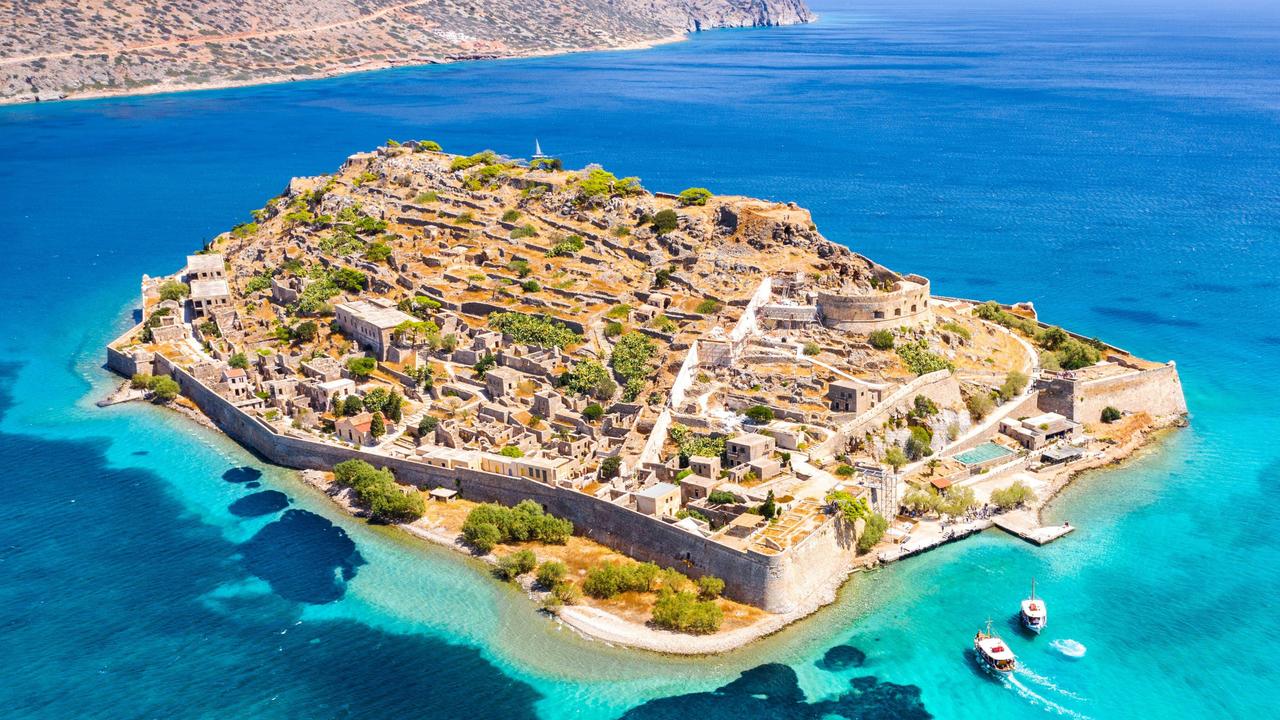
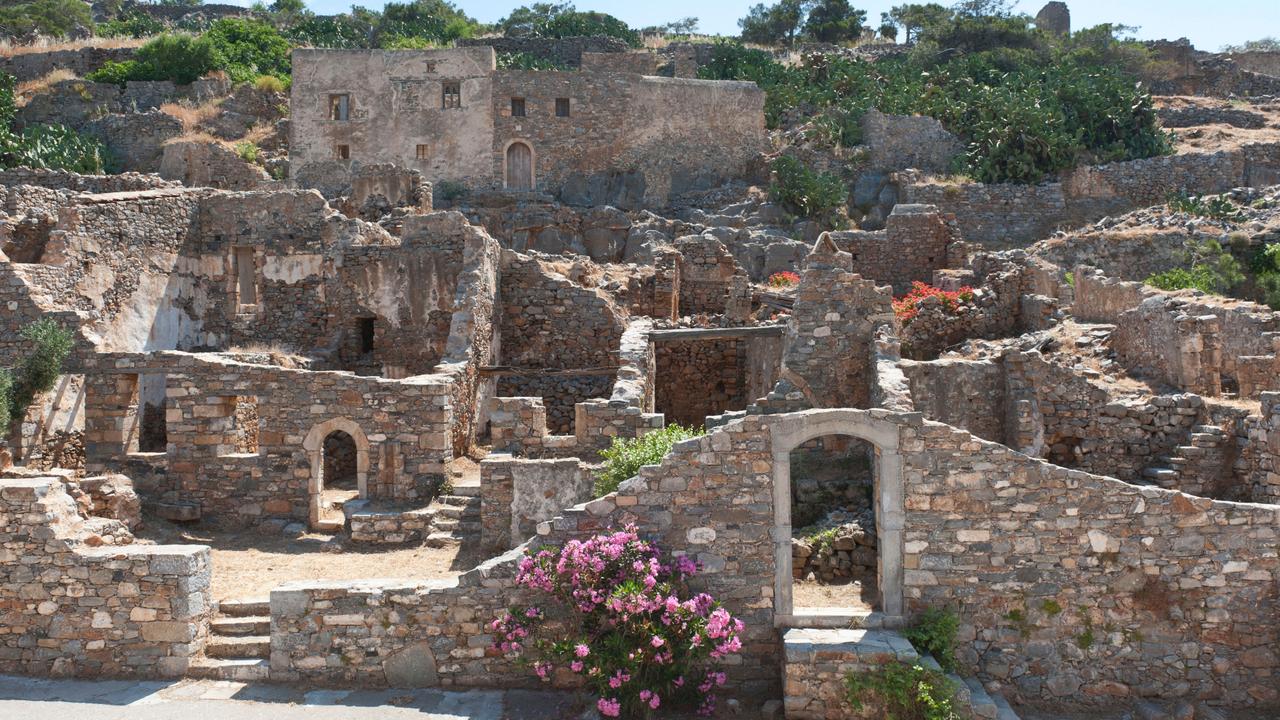
Spinalonga has been left for nearly 70 years to fade into memory, but was once a crucial fortresses, a defence against pirate attacks and home to a leper colony.
Known as the “Island of the Living Dead”, Spinalonga was once used as a formidable fortress for the Mediterranean against the Venetians and later the Ottomans.
Its strategic location allowed the Venetians to build fortifications on the island to defend against pirate attacks and their valued trade routes.
A fortification ring was built in 1578 around the south of the island to counter-attack any hostile disembarking onto the shores.
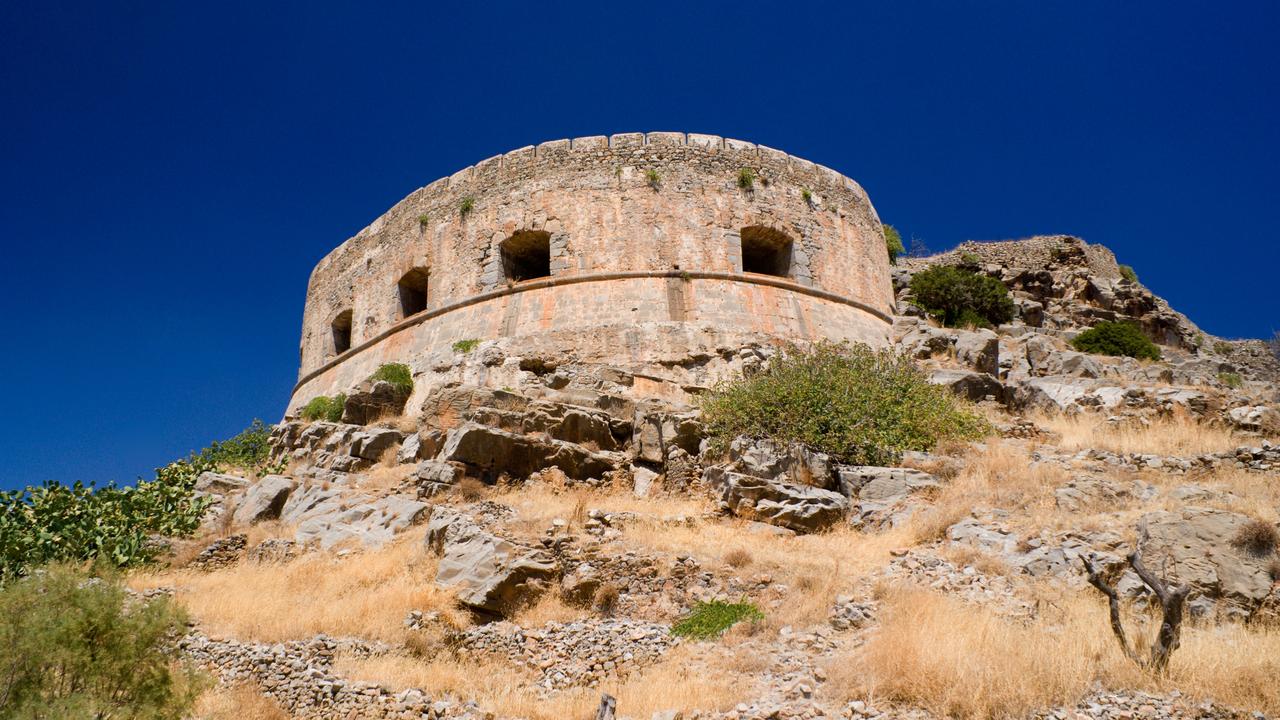
In 1584, the fortifications were built stronger after the Venetians realised they were vulnerable from hill attacks.
This realisation turned Springalonga into an impenetrable fortress, granting the Venetians longer range to attack and a more valuable base.
However, Spinalonga’s history grows even darker after this period of intense battle.
The island became home to a leper colony between 1903 and 1957, which plunged Spinalonga into isolation over the stigma around the rampant disease.
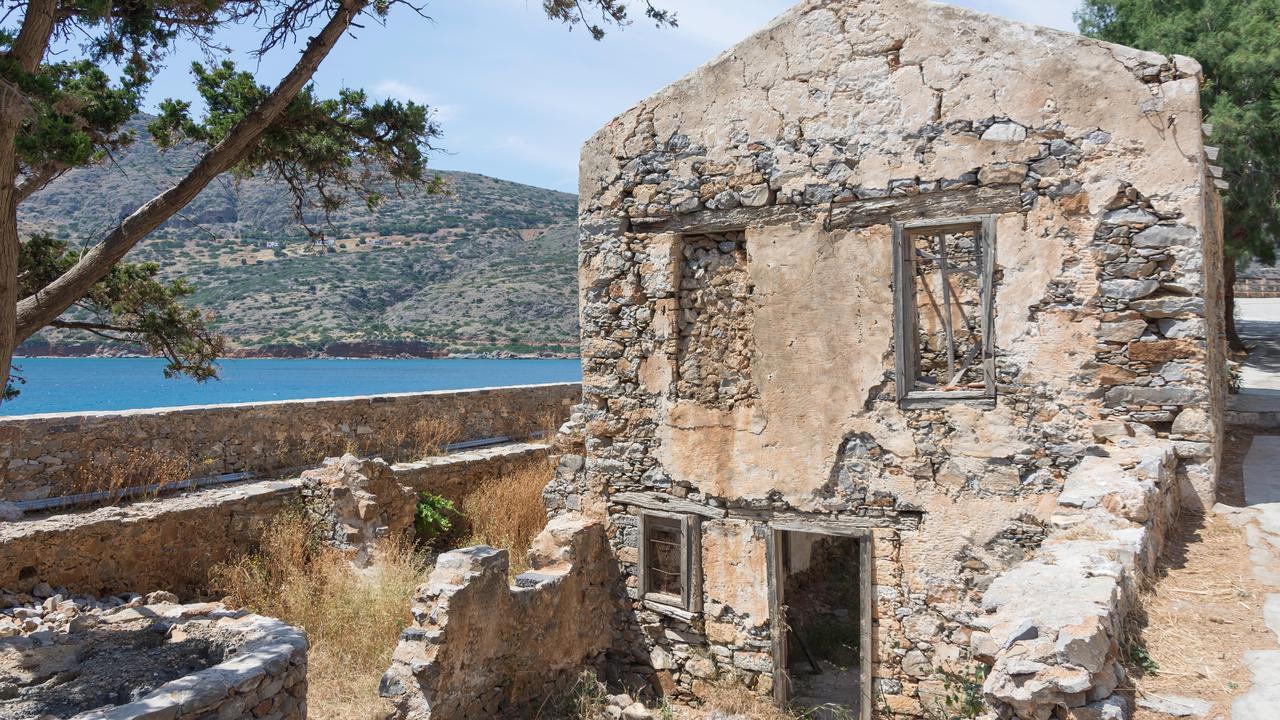
Spinalonga was home to nearly 400 people at the peak of the disease, and was one of the last active leper colonies in Europe.
To help curb the infectious disease, Spinalonga was divided into two entrances, one for the exclusive use of lepers.
The entrance was known as “Dante’s Gate”, referencing the poem Dante’s Inferno about the Nine Circles of Hell, because inhabitants did not know what would happen to them once they arrived.
As a result, Spinalonga was the site of extremely poor living conditions.
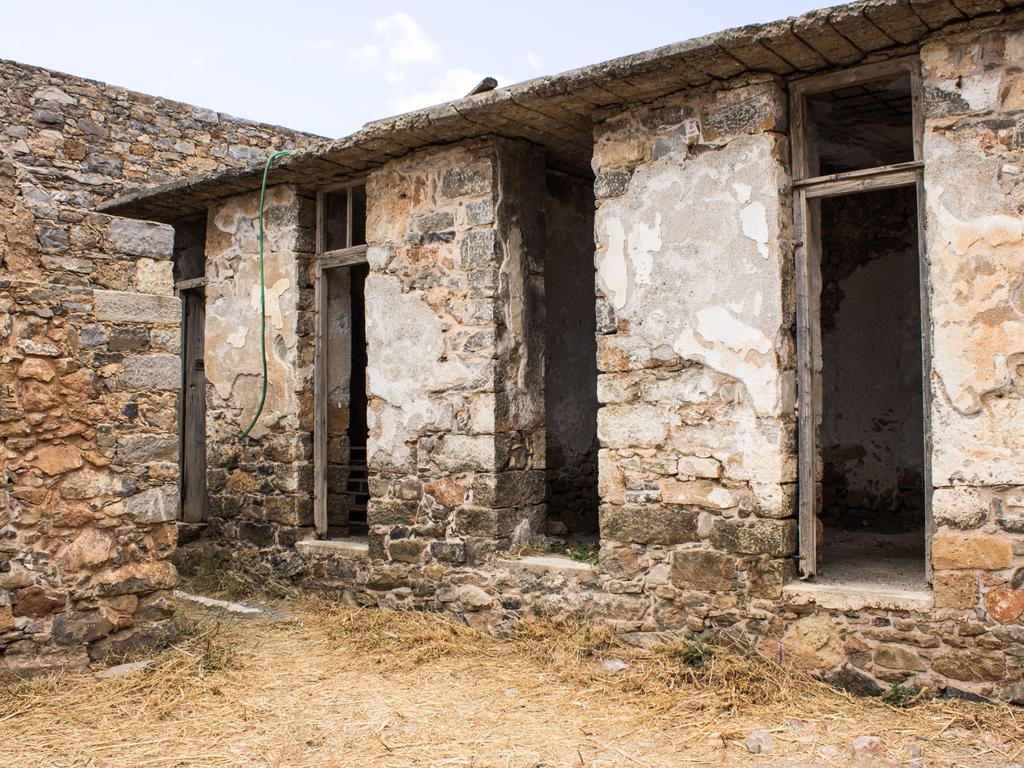
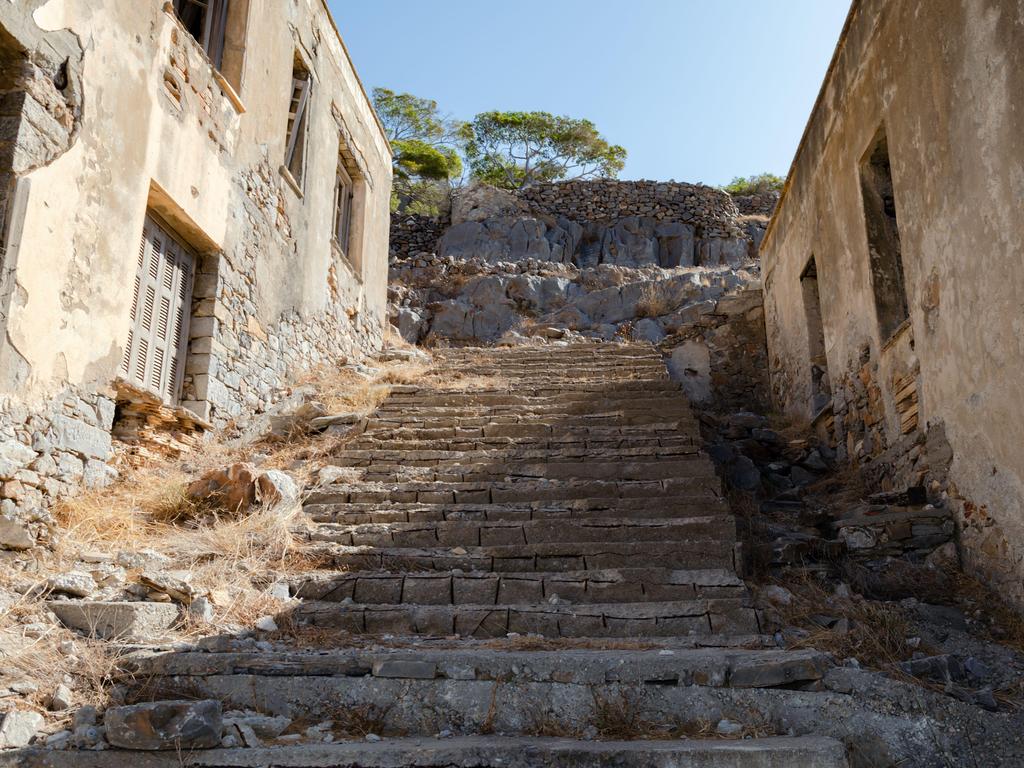
In addition to the inhumane conditions, many inhabitants were also misdiagnosed with skin conditions such as psoriasis.
Spinalonga did improve as a community was built around the colony, with roads, running water and schools.
A hospital and cinema were also built.
The mystery surrounding Spinalonga has left it a haunting reminder of one of the most valued outposts in the Venetian- OttomanTurk conflict, and a diseased colony fighting for their health.
The haunted vibe of the island had lingered for decades, but in the early 21st century was met with a new-found fascination.
Spinalonga has seen a renewed reputation in recent years, with Victoria Hislop’s 2005 book The Island helping to humanise the experiences of the islanders.
The historical novel follows Alexis Fielding, who travels to the island of Spinalonga and is horrified to learn of the island’s leper-colony past and his family’s connection to it.
More Coverage
Hislop is married to popular British political commentator and journalist Ian Hislop.
The island is now a popular tourist destination with thousands of visitors coming every summer to witness the ruins of Spinalonga’s epic history.
This article originally appeared on The Sun and was reproduced with permission





